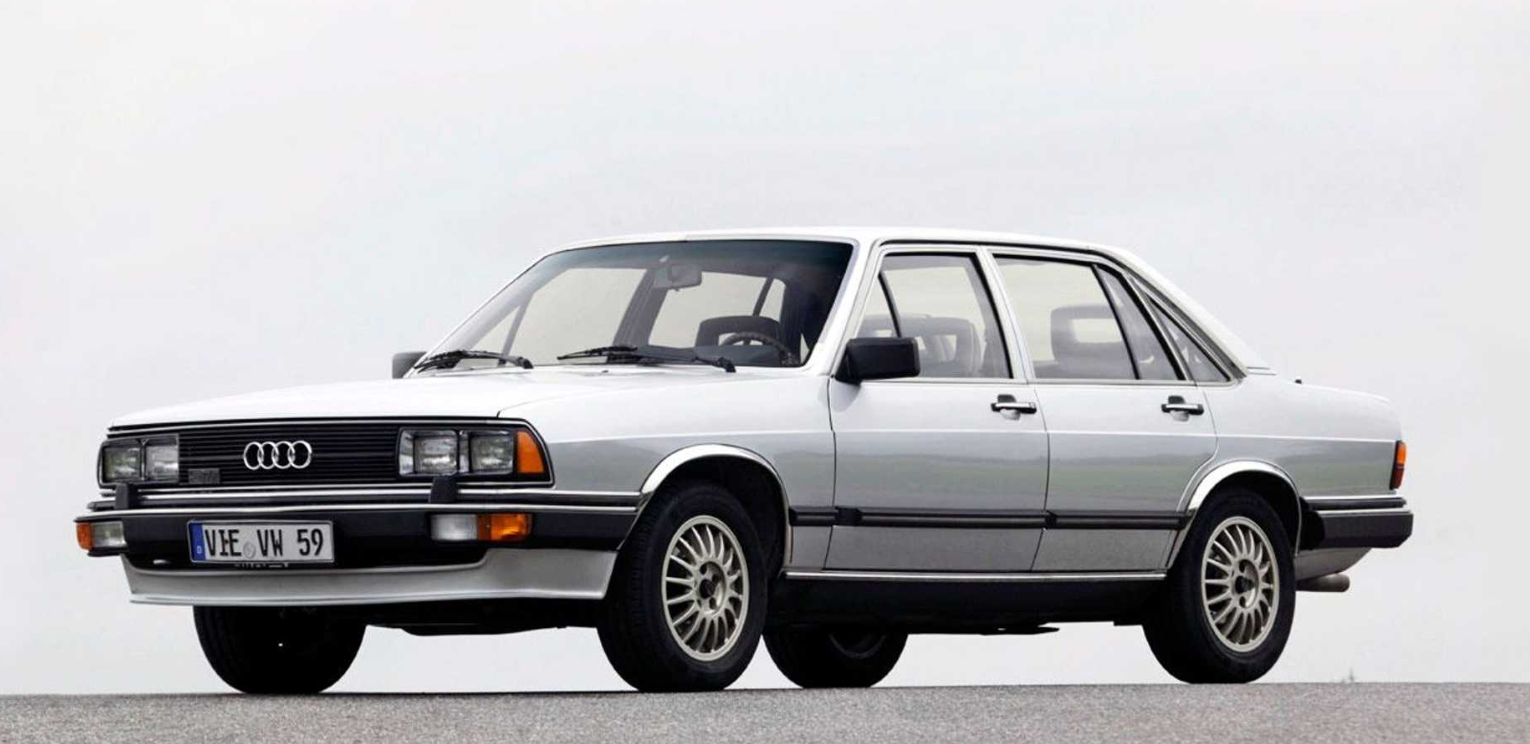
5 SIGNS THAT SHOWS YOUR TURBO WILL (SOON) DROP YOU
With a hefty bill that can go up to €3,000, turbocharger failure is a real nightmare for motorists, especially in the current economic climate. As a general rule, the part lasts as long as the engine, provided it is maintained according to the rules of the art and you pay attention to a few unmistakable signs…
#1 Difficulty reaching or maintaining high speeds
A latent lack of power and difficulty reaching and/or maintaining high speed, especially on the highway. This is the first sign of a faulty turbo. Of course, this symptom is relatively generic, insofar as it can refer to other breakdowns. Which brings us to the next point…
#2 Hissing, moaning, rattling…
A faulty turbocharger will emit different unusual noises at more or less high intensity. If you notice a loss of power along with a screeching, squealing or rattling sound, you have a problem with worn bearings or a contact problem between the wheels inside the turbo and the housing. Typically, the sound is similar to a police siren or a dental drill.
Another sure sign: these noises get louder when accelerating, and the louder the noise, the more serious the breakdown.
#3 Exhaust Smoke
When there is an oil leak in the exhaust system, it produces a rather characteristic gray or bluish smoke. It is most likely caused by a crack in the turbo housing or damaged internal seals. If the turbocharger is the cause of this symptom, you will likely begin to notice this smoke as the engine revs up shortly after idling.
#4 Engine light on
Obviously, an illuminated engine light can point to a wide spectrum of failures, including a faulty turbocharger. The engine management computer monitors the turbo for boost and wastegate problems. If the powertrain control module (PCM) detects a problem there, it will turn on the check engine light and store a diagnostic trouble code in its memory.
#5 Oil leak
When the problem comes from the turbocharger seals, the motorist will notice a more or less significant oil leak. Failing bearings can also allow oil to flow past the turbo’s internal seals, leading to excessive oil consumption.
My turbocharger has given up the ghost: what should I do?
Unfortunately, your turbo gave up the ghost and your dealer gave you an exorbitant estimate, labor not included? The turbo is indeed an expensive part, and the replacement for new can come close to €3,000… an expense that is sometimes difficult to bear, especially given the current economic situation. If you don’t necessarily have the means to bear it, you can go to the second-hand market.
In France, more than 6 million used vehicles were sold in 2021, i.e. three more than new vehicles… an absolute record. Naturally, the French are also showing an unprecedented enthusiasm for spare parts, hunting for bargains to replace a failing engine or a faulty gearbox, or to find a cheap turbo.
To replace your turbocharger without going through the box of the new part, two options stand out:
- The inexpensive turbo in standard exchange. This is a used part that has been completely refurbished, most often at the factory. The central cartridge of the turbocharger (CHRA) and the discharge valve (or Wastegate) are notably replaced, while the two original casings (aluminum intake part and cast iron part) undergo rigorous sandblasting to restore them. . A standard replacement turbo costs between 30% and 60% less than a new turbo.
- The turbo in exchange for repair. This involves repairing a faulty turbo by replacing the faulty parts only. If it costs up to 80% less than a new turbo, the turbocharger in exchange for repair suffers from uncertain reliability.



